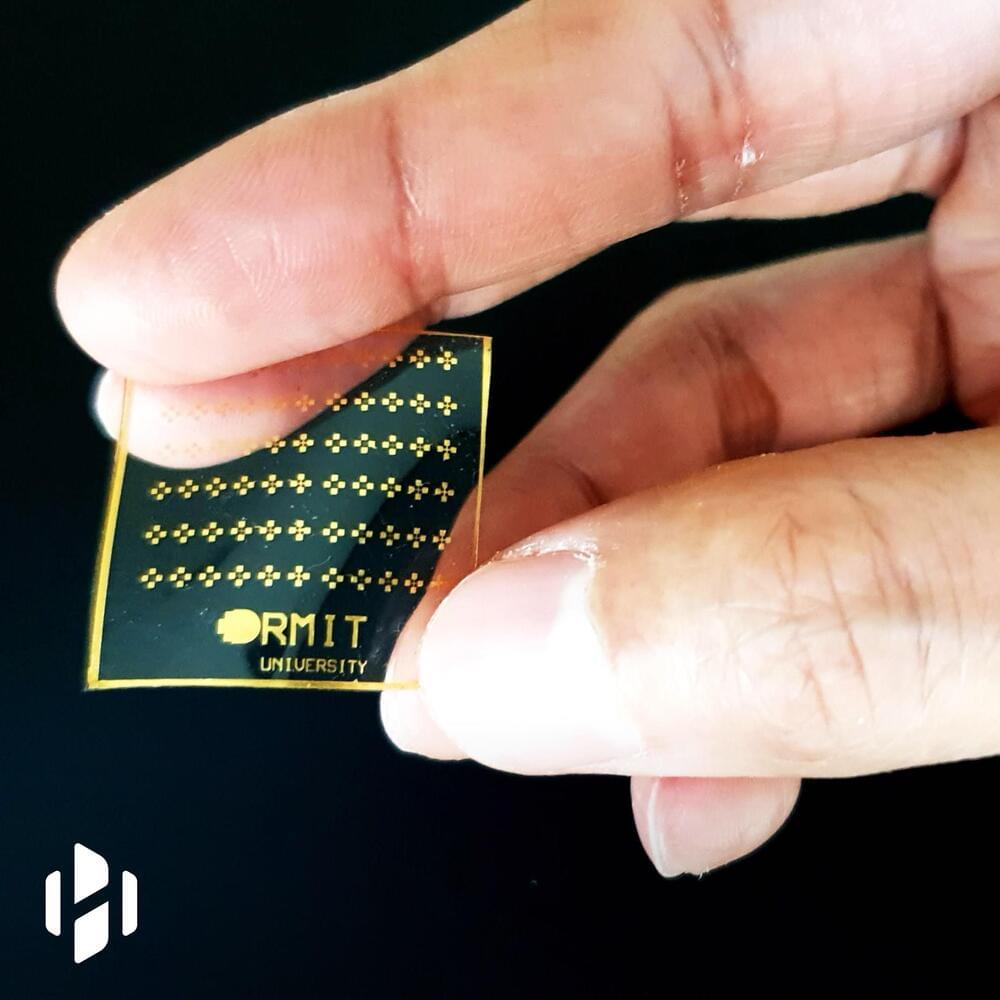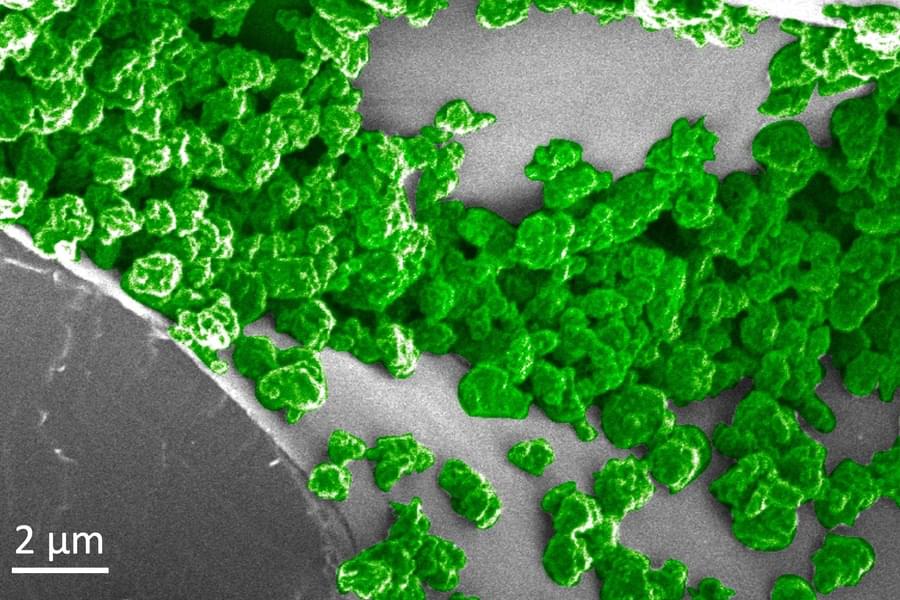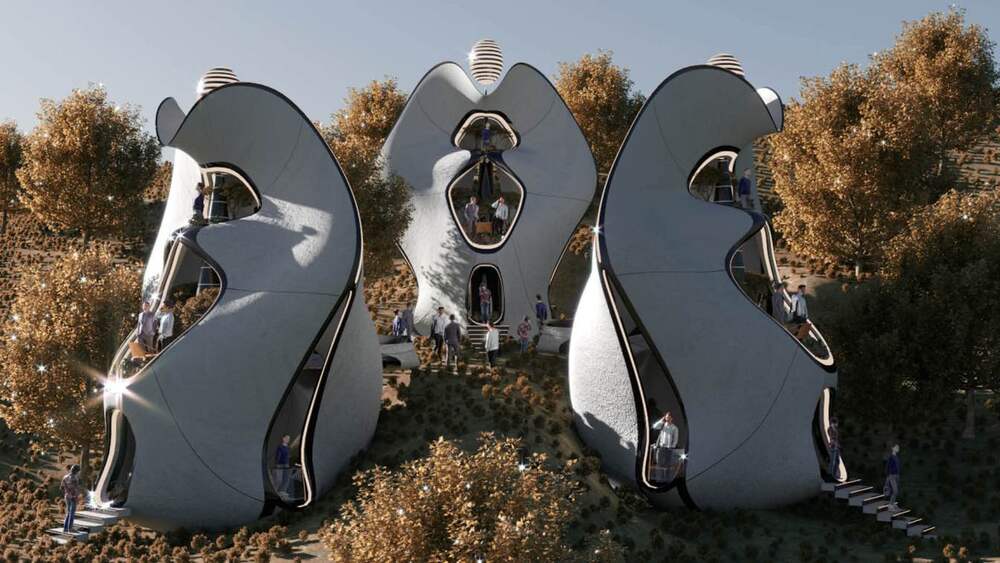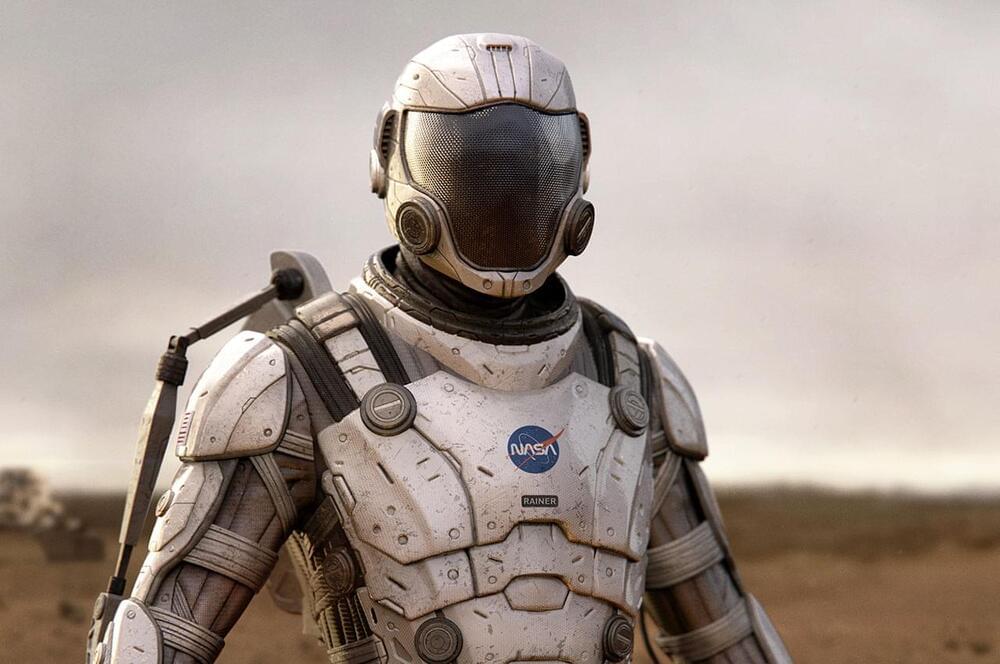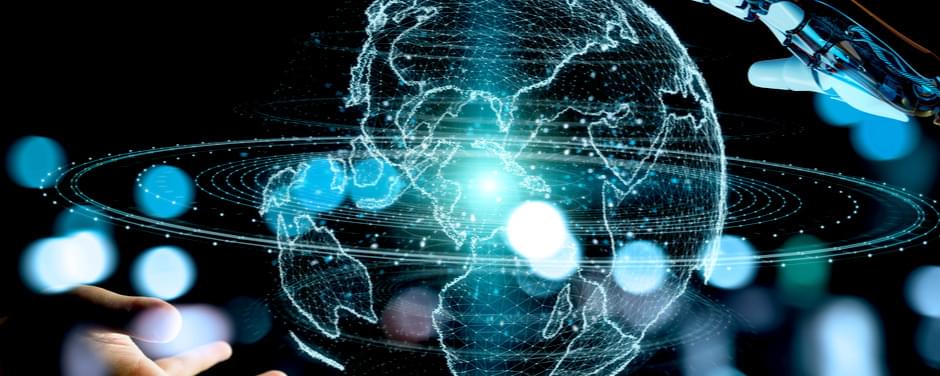Archive for the ‘cyborgs’ category: Page 46
Sep 24, 2021
MIT Establishes New Initiative to Meld Humans and Machines
Posted by Kelvin Dafiaghor in categories: biotech/medical, cyborgs, robotics/AI, transhumanism
The K. Lisa Yang Center for Bionics has been established thanks to a $24 million donation from philanthropist Lisa Yang, according to an MIT announcement. That’s probably not enough attain the center’s enormously ambitious goals of restoring neural function and rebuilding lost limbs, but it does get the ball rolling and bring together MIT faculty with a variety of specialties toward a common big-picture objective — potentially serving as a much-needed accelerant for disability tech research.
The new research center will fall under the leadership of MIT Media Lab professor Hugh Herr, who is a double amputee himself and has come to be known as a leader in the field of robotic prosthetics. In the MIT announcement, Herr said that he sees this new initiative as an important step toward eliminating physical disabilities altogether.
“The world profoundly needs relief from the disabilities imposed by today’s nonexistent or broken technologies,” Herr said. “We must continually strive towards a technological future in which disability is no longer a common life experience. I am thrilled that the Yang Center for Bionics will help to measurably improve the human experience for so many.”
Sep 24, 2021
New bionics center established at MIT with $24 million gift
Posted by Jason Blain in categories: biotech/medical, cyborgs, life extension, neuroscience, transhumanism
A deepening understanding of the brain has created unprecedented opportunities to alleviate the challenges posed by disability. Scientists and engineers are taking design cues from biology itself to create revolutionary technologies that restore the function of bodies affected by injury, aging, or disease — from prosthetic limbs that effortlessly navigate tricky terrain to digital nervous systems that move the body after a spinal cord injury.
With the establishment of the new K. Lisa Yang Center for Bionics, MIT is pushing forward the development and deployment of enabling technologies that communicate directly with the nervous system to mitigate a broad range of disabilities. The center’s scientists, clinicians, and engineers will work together to create, test, and disseminate bionic technologies that integrate with both the body and mind.
Sep 23, 2021
The Next Generation of Nanobionic Light-Emitting Plants
Posted by Jose Ruben Rodriguez Fuentes in categories: cyborgs, nanotechnology, transhumanism
Using specialized nanoparticles embedded in plant leaves, MIT engineers have created a novel light-emitting plant that can be charged by an LED. In this image, the green parts are the nanoparticles that have been aggregated on the surface of spongy mesophyll tissue within the plant leaves. Credit: Courtesy of the researchers.
Using nanoparticles that store and gradually release light, engineers create light-emitting plants that can be charged repeatedly.
Using specialized nanoparticles embedded in plant leaves, MIT.
Sep 22, 2021
Glow-in-the-dark plants could act as passive lighting for public spaces
Posted by Quinn Sena in categories: cyborgs, energy, health, nanotechnology, transhumanism
A decent chunk of energy usage goes towards lighting, so scientists at MIT are developing a new kind of passive lighting – glow-in-the-dark plants. In the latest experiment, the team has made them glow much brighter than the first generation plants, without harming their health.
The emerging field of “plant nanobionics” involves embedding nanoparticles into plants to give them new abilities. Past work by the MIT team has created plants that can send electrical signals when they need water, spinach that could be used to detect explosives, and watercress that glows in the dark.
As interesting as that last one was, the glow wasn’t particularly bright – about on par with those plastic glowing stars many of us stuck to our ceilings as kids. That’s a cool novelty but not much help for the ultimate use case of passive lighting.
Sep 18, 2021
Chinese scientists’ robot fish could pave way for low-cost prosthetics
Posted by Derick Lee in categories: biotech/medical, cyborgs, drones, robotics/AI
The researchers, from the University of Science and Technology of China, hope that the technique – which uses liquid metal to mimic natural muscle movements — could also help to administer drugs inside the body and underwater drones.
Researchers created an artificial muscle using liquid metal that allows it to expand and contract and hope one day to use the technology to help humans.
Sep 17, 2021
MASK Architects designed the world’s first steel 3D printed structure of modular houses in Orani, Sardinia, Italy
Posted by Omuterema Akhahenda in categories: cyborgs, habitats
MASK Architects has designed the world’s first steel 3D printed structure of modular houses for Nivola Museum’s visitors, Tourists and Artists in Orani, city of Sardinia. Öznur Pınar Cer and Danilo Petta have Inspired from the work of “Costantino Nivola”, they have designed “Exosteel Mother Nature” modular houses which they have taken inspiration from him sculpture called the “La Madre”.
The studio is the first architecture and design studio in the world to use a steel 3D-printed “exoskeleton” construction system that supports and distributes all the functional elements of the building, using their new solution of construction technique which they called “EXOSTEEL”.
The house is composed firstly by a hollow central column inserted for one / third of its length into the ground and by various organic branches that support the three floors of the building. On each floor a perimeter frame divides and supports the facades made up of panels modeled to follow the organic shape of the house.
Sep 15, 2021
This NASA exoskeleton spacesuit designed for inter-galactic space exploration has strong Halo-inspired vibes!
Posted by Genevieve Klien in categories: cyborgs, space travel
Imagine a time where humans have set foot on most of the planets in the galaxy, with even more to explore. This exoskeleton spacesuit coincides with that ultimate dream and our unstoppable quest for space exploration!
Venturing beyond the realms of planet earth comes with its unique set of challenges. The effects of gravity being on top of the list. NASA has put a lot of time and effort into developing new-age spacesuits to counter the effects of gravity in hostile environments. 14 years to be exact, and it has cost them a whopping $420 million already. The space agency is expected to churn out another $625 million in time for the next moon mission which was earlier planned for the year 2024.
Sep 14, 2021
How AI Will Completely Change The Way We Live in the Next 20 Years
Posted by Dan Kummer in categories: cyborgs, robotics/AI
Artificial intelligence (AI) could be the most transformative technology in the history of mankind—and we may not even see much of this sweeping change coming. That’s because we often overestimate what technologies can do in five years, and underestimate what they will be able to do in 20.
As I’ve traveled the world talking about this subject, I’m constantly asked, “what will the future hold for humans and AI?” This is an essential question for this moment in history. Some believe that we’re in the midst of an “AI bubble” that will eventually pop, or at least cool off. Those with more drastic and dystopian views believe everything from the notion that AI giants will “hijack our minds” and form a utopian new race of “human cyborgs”, to the arrival of an AI-driven apocalypse. Each of these projections may be born out of genuine curiosity or understandable fear, but they are usually speculative or exaggerated. They miss the complete picture.
Speculation varies wildly because AI appears complex and opaque and it is no wonder that the general view about AI has turned cautious—and even negative. To be sure, aspects of AI development deserve our scrutiny and caution, but it is important to balance these concerns with exposure to the full picture of this crucially important technology’s potential. AI, like most technologies, is inherently neither good nor evil. And I believe that, like most technologies, AI will eventually produce more positive than negative impacts in our society.
Sep 12, 2021
Gaia Will Soon Belong to the Cyborgs
Posted by Jose Ruben Rodriguez Fuentes in categories: cyborgs, robotics/AI
Our reign as sole understanders of the cosmos is rapidly coming to an end. We should not be afraid of this. The revolution that has just begun may be understood as a continuation of the process whereby the Earth nurtures the understanders, the beings that will lead the cosmos to self-knowledge. What is revolutionary about this moment is that the understanders of the future will not be humans but cyborgs that will have designed and built themselves from the artificial intelligence systems we have already constructed. These will soon become thousands then millions of times more intelligent than us.
